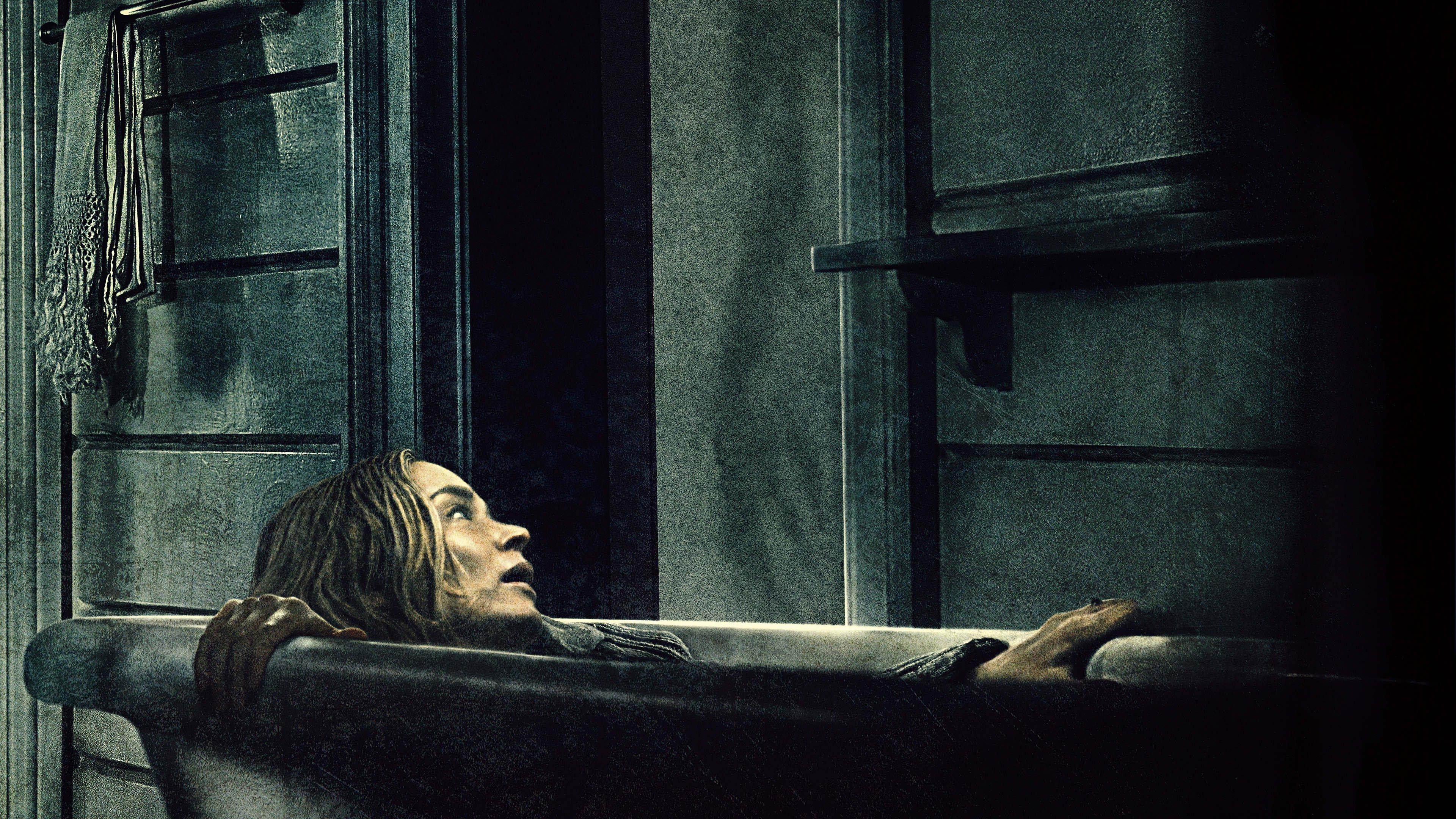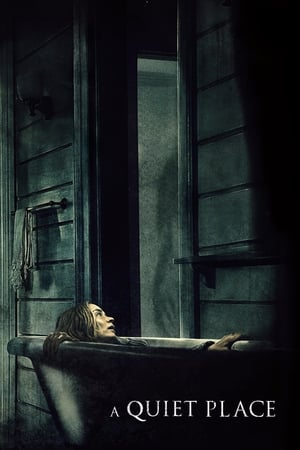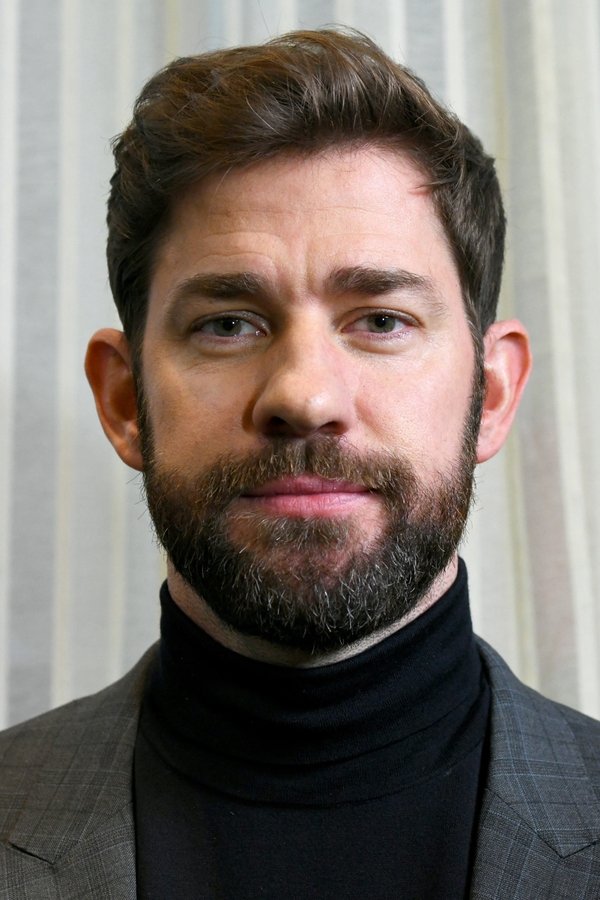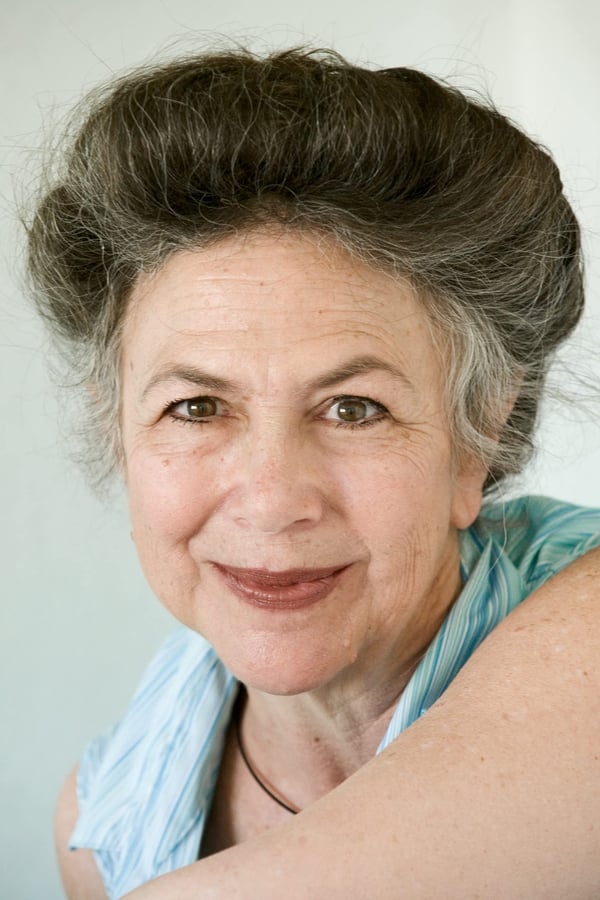Deaf representation is hard to find in media. It’s especially difficult to find in mainstream film where the Deaf community has been rendered practically invisible. But the National Center for Health Statistics estimates that about 10% of the U.S. population (28 million people) have some degree of hearing loss, and that about 2 million of that group are considered Deaf. So why don’t we see more Deaf and hard of hearing people onscreen? And when we do, why are they often played by hearing people?
Hollywood and popular media tend to relegate all people with disabilities to the joke, the caricature, the invisible. They use people with disabilities as props to non-disabled people’s stories in order to assuage their guilt.
However, recently Deaf representation in movies has been making steps forward. Modern mainstream audiences were exposed to Deaf characters and ASL in the 2018 horror hit, A Quiet Place. There, Millicent Simmons, a Deaf actress, portrays a Deaf protagonist. It made waves in the Deaf community for having a Deaf actress instead of a hearing one portray a Deaf character, and because ASL is the primary language of the movie.
Now, CODA is another step forward for Deaf representation in film. The story follows Ruby, a CODA (child of Deaf adults), the only hearing member of her family as she faces a crossroads in her life: stay and help her family start their fishing business or leave for college to pursue music.
There are so many good things about this film: the casting, the acting, seeing Deaf people onscreen. However, there are some things that aren’t so good: the negative portrayal of a CODA’s life, showing deafness as a burden, and the lack of racial diversity.

















